The ethical considerations of AI-generated code and intellectual property are rapidly becoming a critical area of discussion. As artificial intelligence increasingly contributes to software development, questions surrounding ownership, authorship, licensing, and potential biases are surfacing. This exploration delves into the complex legal and moral dilemmas arising from the use of AI in code creation, examining the implications for both developers and users.
The rise of sophisticated AI code generation tools presents unprecedented challenges to traditional notions of intellectual property. Determining ownership—whether it belongs to the programmer, the AI’s owner, or even the AI itself—is a contentious issue with significant legal ramifications. Furthermore, the potential for bias embedded within AI-generated code raises concerns about fairness and discrimination, demanding careful consideration of mitigation strategies.
This article will navigate these intricate issues, offering insights into the evolving legal landscape and ethical best practices.
Defining AI-Generated Code and Intellectual Property Rights
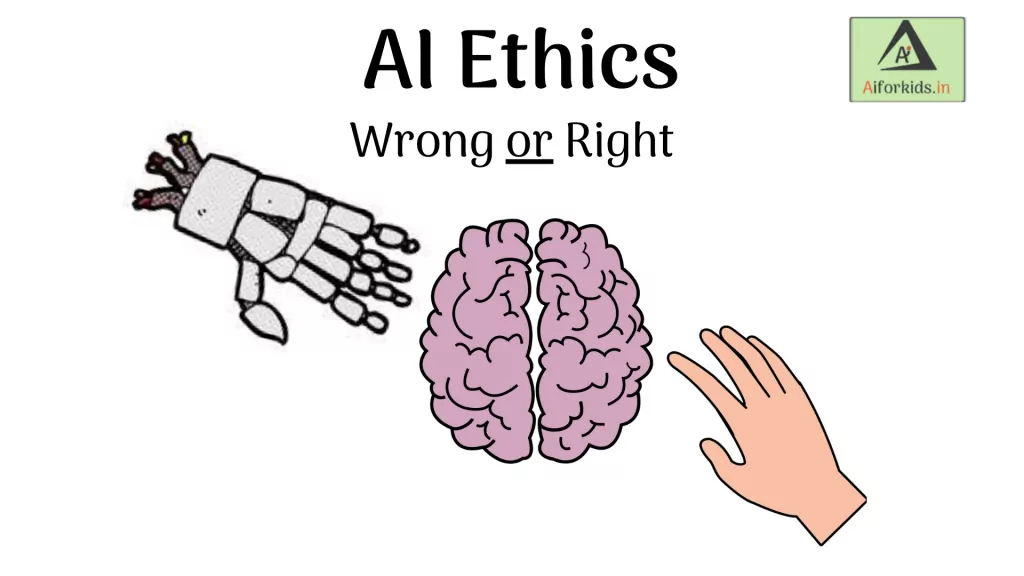
The intersection of artificial intelligence (AI) and intellectual property (IP) rights, particularly concerning AI-generated code, presents a complex and rapidly evolving legal landscape. Understanding the different models of AI code generation and their implications for ownership is crucial for navigating this terrain. This section will clarify the legal status of AI-generated code, comparing traditional copyright law with the unique challenges posed by AI authorship.
AI Code Generation Models and Ownership Implications
Several models exist for generating code using AI, each with unique implications for ownership. Large language models (LLMs) like GitHub Copilot or Codex train on vast datasets of existing code, learning patterns and structures to generate new code snippets based on prompts. Reinforcement learning models are trained through iterative feedback loops, optimizing their code generation capabilities based on human evaluation.
Generative adversarial networks (GANs) use two competing neural networks to generate increasingly realistic and functional code. The ownership of code produced by these models hinges on the extent to which human intervention is involved in the process. If a human significantly directs the AI’s output, they might claim ownership. However, if the AI generates code autonomously, determining ownership becomes far more problematic.
Current legal frameworks struggle to accommodate this level of automation.
Traditional Copyright Law and AI-Generated Code
Traditional copyright law typically requires human authorship for protection. Works created solely by an AI, without significant human intervention, may not qualify for copyright protection under existing legislation. The key question is whether the AI’s output demonstrates sufficient originality and creativity to meet the threshold for copyright. This poses a significant challenge because AI models primarily operate by identifying and recombining existing patterns, rather than exhibiting truly independent creative thought.
The extent to which the AI’s output is merely a derivative work, lacking the necessary originality, is a central point of contention. Furthermore, the concept of “authorship” itself needs re-evaluation in the context of AI, as it currently centers around human creators.
Legal Cases and Precedents
While there is a paucity of directly applicable legal precedents specifically concerning AI-generated code, several cases involving AI-generated works in other creative fields offer valuable insights. The case ofNaruto v. Slater*, which addressed copyright for a photograph taken by a monkey, highlighted the difficulty in assigning authorship to a non-human entity. Although not directly related to code, this case touches upon the fundamental question of authorship and ownership in the context of works produced without direct human intervention.
Future litigation will likely shape the legal landscape surrounding AI-generated code, establishing clearer guidelines for ownership and protection.
Legal Status of AI-Generated Code Across Jurisdictions
The legal status of AI-generated code remains largely undefined and varies across jurisdictions. A unified international framework is lacking, leading to inconsistencies in how different countries approach the issue.
| Jurisdiction | Copyright Status | Ownership Considerations | Relevant Legislation (Examples) |
|---|---|---|---|
| United States | Generally requires human authorship; unclear status for AI-generated code without significant human involvement. | Focus on the level of human contribution; if minimal, copyright protection may be denied. | Copyright Act of 1976 |
| European Union | Similar to the US, requiring human authorship. Discussion ongoing regarding AI-generated works. | Emphasis on the creative choices made by humans during the process. | Database Directive (96/9/EC) |
| United Kingdom | Follows EU principles generally; current legal framework unclear for purely AI-generated code. | Similar to EU, requiring a degree of human input for copyright protection. | Copyright, Designs and Patents Act 1988 |
| Japan | Requires human authorship; legal implications of AI-generated works are still developing. | Focus on the contribution of human skill and judgment. | Copyright Act of 1970 |
Ownership and Authorship of AI-Generated Code
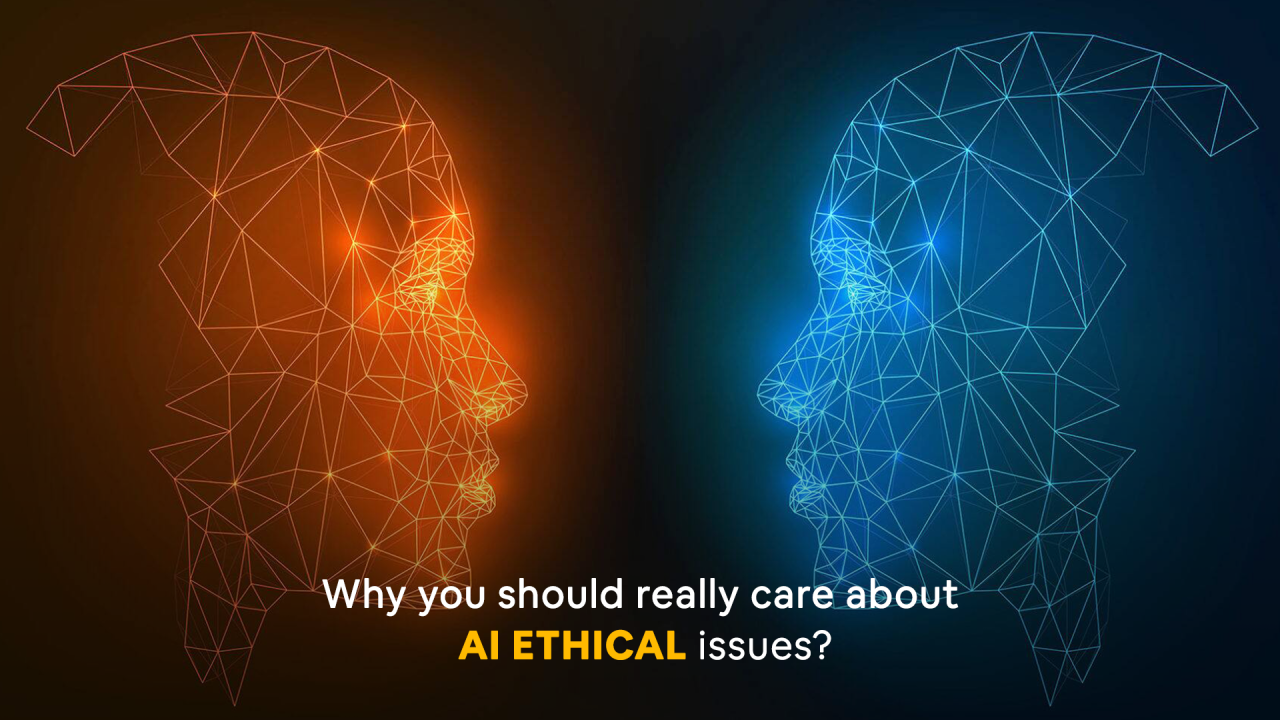
The burgeoning field of AI-generated code presents significant challenges to traditional notions of authorship and ownership. The lack of a human directly creating the code introduces complexities in legal and ethical frameworks designed for human-authored works. Determining who holds the rights to AI-generated code—the programmer, the AI’s owner, or even the AI itself—requires careful consideration of existing intellectual property laws and the development of new legal precedents.The attribution of authorship in AI-generated code is a multifaceted problem.
While a programmer may provide input, parameters, and training data, the AI itself generates the code through complex algorithms and learning processes. This raises the question: is the programmer the author, or is the AI, in some sense, the author? Existing copyright laws generally require human authorship, creating a legal grey area when the creative process is significantly driven by artificial intelligence.
Furthermore, the degree of human intervention varies considerably across different AI code generation tools, making a blanket rule difficult to apply.
Challenges in Determining Authorship of AI-Generated Code
Determining authorship becomes increasingly complex depending on the level of AI involvement. In scenarios where a programmer uses an AI tool as a simple assistant, performing tasks like code completion or suggesting improvements, the programmer likely retains authorship. However, if the AI generates a substantial portion of the code independently, with minimal human intervention, attributing authorship becomes problematic. This ambiguity necessitates a nuanced approach, considering the specific contributions of both the human programmer and the AI system.
The level of creativity, originality, and human intervention in the generation process needs to be assessed on a case-by-case basis.
Legal Ramifications of Assigning Ownership
Assigning ownership to the AI itself is legally untenable under current frameworks. AI lacks legal personhood and cannot hold property rights. Assigning ownership to the programmer presents challenges in scenarios where the AI’s contribution is significant. This could lead to situations where the programmer benefits from a work they did not substantially create, potentially undermining the principles of intellectual property law.
Assigning ownership to the AI’s owner is the most likely scenario under current legal systems, mirroring the ownership of works created by employees within a company. However, this raises concerns about the potential for monopolies and the stifling of innovation if ownership is too broadly construed.
Scenarios with Unclear or Disputed Ownership
Several scenarios highlight the uncertainty surrounding ownership of AI-generated code. Consider a situation where a programmer uses an AI tool to generate code for a commercial software application. If the AI generates a novel and valuable algorithm, the question of ownership becomes crucial. Another example involves open-source AI models used to generate code. Determining ownership in such collaborative environments, where many individuals contribute to the AI’s development and training, presents a complex challenge.
Further complications arise when AI-generated code infringes on existing intellectual property rights, raising questions of liability and responsibility.
A Hypothetical Legal Framework for Resolving Disputes
A robust legal framework for resolving ownership disputes involving AI-generated code requires a multi-faceted approach. It should consider the level of human intervention, the originality and novelty of the code, and the specific contributions of the programmer and the AI. A potential solution could involve a tiered system that assigns ownership based on a percentage of contribution, with a threshold defining the minimum level of human involvement required for human authorship.
Furthermore, the framework should clearly define the responsibilities and liabilities of all parties involved in the creation and use of AI-generated code, including the programmer, the AI’s owner, and users of the code. This system could incorporate existing copyright principles while adapting them to the unique challenges presented by AI.
Licensing and Commercialization of AI-Generated Code
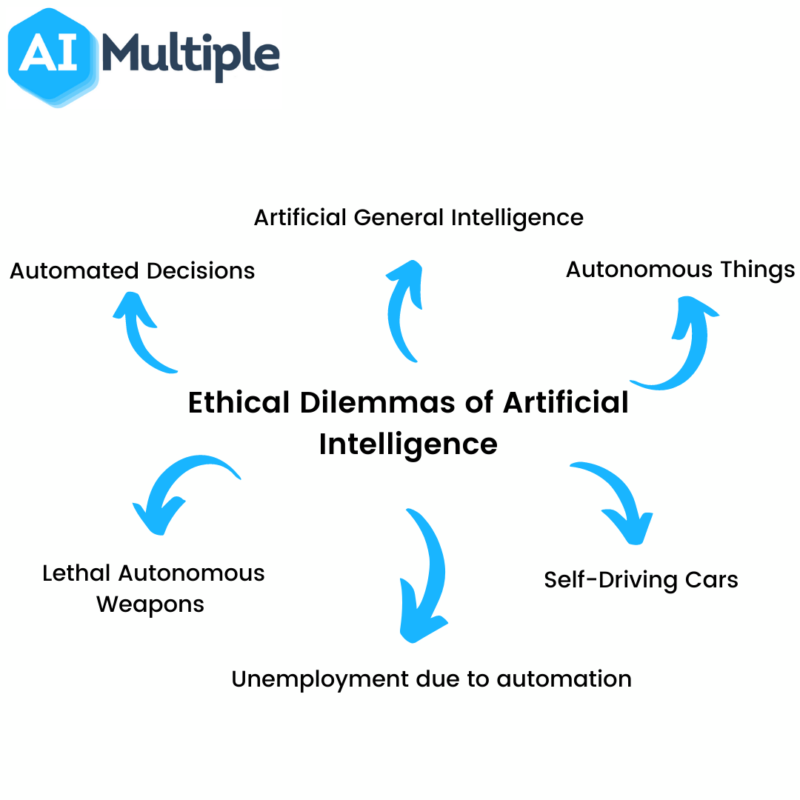
The licensing and commercialization of AI-generated code present a complex landscape of legal and ethical considerations. The unique nature of AI-created software, lacking a traditional human author, necessitates careful consideration of ownership, attribution, and the implications for users and developers. Navigating these complexities requires a nuanced approach that balances innovation with responsible practices.
Comparison of Licensing Models for AI-Generated Code
Several existing licensing models can be adapted for AI-generated code, each with its own ethical implications. Open-source licenses, such as the MIT License or GPL, offer broad usage rights but may not adequately address the complexities of AI authorship and potential biases embedded within the code. Proprietary licenses, on the other hand, offer greater control over usage and distribution but raise concerns about access and potential monopolistic practices.
Creative Commons licenses provide a middle ground, offering varying degrees of freedom while allowing for attribution and non-commercial use restrictions. The choice of license significantly impacts the accessibility and potential societal impact of the AI-generated code. For instance, an open-source license might foster collaboration and innovation, while a restrictive license could limit its use and benefit only a select few.
Ethical Concerns Related to Commercialization Without Proper Attribution or Compensation
Commercializing AI-generated code without proper attribution or compensation raises several ethical concerns. Firstly, it ignores the contributions of the developers who created the AI model, the data used to train it, and the infrastructure that supports it. Secondly, it potentially undermines the value of human creativity and expertise, leading to a devaluation of skilled labor. Thirdly, it could create a system where AI-generated content is exploited without recognition or reward for those involved in its creation.
For example, if a company uses AI-generated code to build a profitable software product without acknowledging the underlying AI model’s developers or the data providers, it could be seen as unethical and potentially illegal depending on the specific licensing agreements and intellectual property rights involved. This could lead to a lack of incentive for future development and innovation in the field of AI.
Best Practices for Ethical Licensing and Commercialization of AI-Generated Code
Ethical licensing and commercialization of AI-generated code require transparency and fairness. Best practices include clearly defining the ownership and licensing terms, providing appropriate attribution to all contributing parties (including developers, data providers, and AI model creators), and ensuring fair compensation where applicable. Using a clearly defined license that addresses these issues, such as a modified open-source license that specifies attribution requirements or a Creative Commons license with appropriate restrictions, is crucial.
Companies should also proactively engage in discussions about the ethical implications of their AI-generated code and seek input from stakeholders. Openly disclosing the methodology used to generate the code and any potential biases present can further enhance transparency and accountability.
Ethical Considerations When Creating a License for AI-Generated Code
Creating a license for AI-generated code requires careful consideration of several ethical factors. These include: defining clear ownership rights, addressing potential biases embedded within the code, ensuring appropriate attribution to all contributors, specifying the permitted uses and restrictions, outlining the process for handling disputes, and considering the long-term societal impact of the code’s distribution and use. It’s crucial to balance the needs of the creator with the interests of users and the broader community.
The license should be easily understandable and accessible to all users, preventing ambiguity and potential misuse. Regular review and updates of the license to address emerging challenges and best practices are also vital.
Bias and Discrimination in AI-Generated Code
AI-generated code, while offering significant advantages in terms of efficiency and automation, carries the inherent risk of perpetuating and amplifying existing societal biases. The algorithms powering these systems learn from vast datasets, and if these datasets reflect existing prejudices, the resulting code will inevitably inherit and potentially exacerbate these biases in its applications. This section explores the nature of this problem, its consequences, and strategies for mitigation.The potential for bias and discrimination in AI-generated code stems directly from the data used to train the underlying machine learning models.
These models learn patterns and relationships from the training data, and if that data contains biases related to gender, race, ethnicity, socioeconomic status, or other protected characteristics, the model will learn and reproduce these biases in its output. This can manifest in various ways, leading to unfair or discriminatory outcomes in the software applications that utilize this AI-generated code.
For instance, a facial recognition system trained on a dataset predominantly featuring light-skinned individuals may perform poorly on darker-skinned individuals, leading to misidentification and potentially harmful consequences. Similarly, a loan application algorithm trained on biased data might unfairly deny loans to applicants from specific demographic groups.
Sources of Bias in Training Data, The ethical considerations of AI-generated code and intellectual property
Bias in training data can originate from numerous sources. Data collection methods may inherently exclude or underrepresent certain groups, leading to skewed representations within the dataset. Existing societal biases can also be reflected in the data itself, such as historical records reflecting discriminatory practices. Furthermore, the process of labeling and annotating data can introduce human bias, consciously or unconsciously.
Addressing these sources requires careful consideration of data collection strategies, rigorous data auditing, and the implementation of bias detection and mitigation techniques throughout the development lifecycle.
Mitigation Strategies for Bias in AI-Generated Code
Mitigating bias in AI-generated code requires a multi-faceted approach. Firstly, careful curation and preprocessing of training data are crucial. This involves actively seeking out and including data that represents diverse populations and ensuring balanced representation across various demographic groups. Secondly, employing algorithmic fairness techniques can help to identify and correct biases within the model itself. These techniques include techniques like data augmentation, adversarial debiasing, and fairness-aware machine learning algorithms.
Thirdly, rigorous testing and evaluation of the AI-generated code are essential to detect and address any remaining biases before deployment. This involves using diverse test sets and carefully evaluating the system’s performance across different demographic groups. Finally, continuous monitoring and auditing of deployed systems are necessary to identify and rectify any emerging biases over time.
Types of Bias and Their Consequences
| Type of Bias | Description | Potential Consequences | Example |
|---|---|---|---|
| Representation Bias | Insufficient or skewed representation of certain groups in the training data. | Inaccurate or unfair predictions for underrepresented groups. | A loan application algorithm trained primarily on data from high-income individuals may unfairly deny loans to low-income applicants. |
| Measurement Bias | Systematic errors in data collection or measurement that disproportionately affect certain groups. | Biased outcomes reflecting the flawed measurement process. | A hiring algorithm using only standardized test scores might discriminate against candidates from disadvantaged backgrounds. |
| Algorithmic Bias | Bias inherent in the algorithms used to process and analyze data. | Unfair or discriminatory outcomes despite unbiased data. | A facial recognition system designed with an algorithm biased towards certain facial features might misidentify individuals from different ethnic backgrounds. |
| Confirmation Bias | The tendency to favor information that confirms pre-existing beliefs. | Reinforcement of existing biases and perpetuation of discriminatory outcomes. | An AI-powered news aggregator trained on biased sources might present a skewed view of reality, reinforcing existing biases in users. |
Transparency and Accountability in AI Code Generation: The Ethical Considerations Of AI-generated Code And Intellectual Property
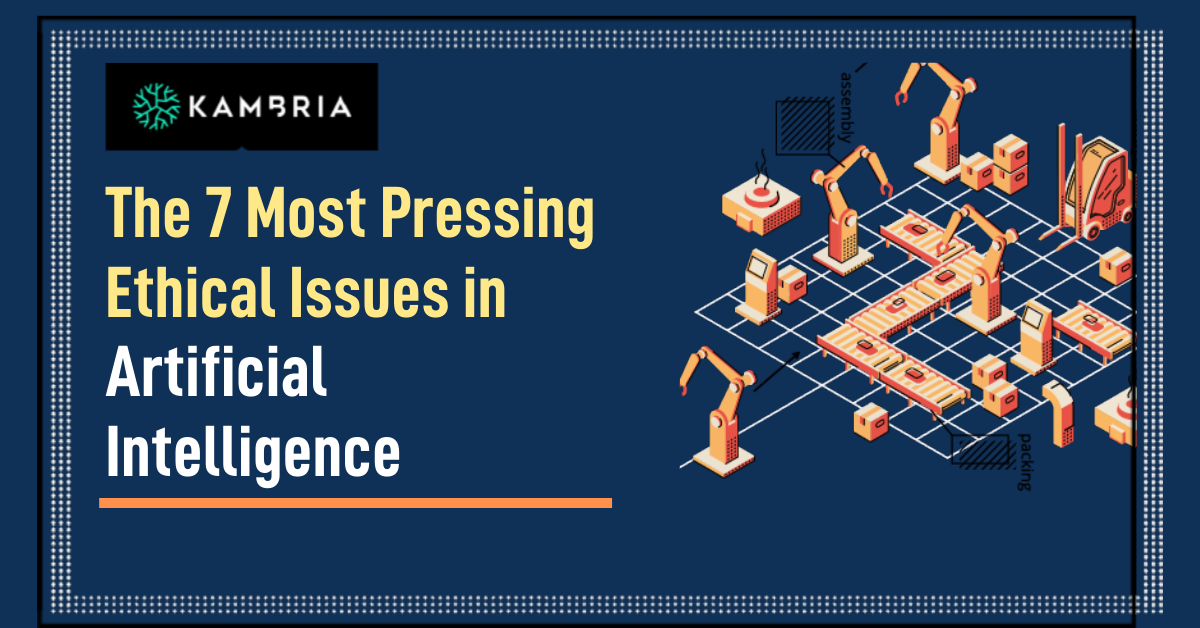
The increasing reliance on AI for code generation necessitates a robust framework for transparency and accountability. Without it, the potential for errors, biases, and malicious use remains unchecked, undermining trust and potentially causing significant harm. This section explores the critical importance of transparency in the AI code generation lifecycle and Artikels methods for establishing accountability for the outcomes produced.Transparency in the development and deployment of AI-generated code is paramount for several reasons.
First, it allows for scrutiny of the algorithms and data used, enabling identification and mitigation of potential biases or flaws. Second, transparent systems foster trust among users and stakeholders, encouraging wider adoption and responsible innovation. Finally, transparency aids in debugging and improving the performance and reliability of AI code generation tools. Lack of transparency creates a “black box” effect, hindering the ability to understand and address issues effectively.
Methods for Ensuring Accountability
Establishing accountability requires a multi-faceted approach. This involves clear lines of responsibility throughout the development lifecycle, from data collection and model training to deployment and maintenance. Detailed documentation of the AI system’s architecture, training data, and decision-making processes is crucial. Furthermore, mechanisms for independent audits and verification of AI-generated code are necessary to ensure compliance with ethical standards and legal regulations.
Regular testing and validation procedures, including adversarial testing to uncover vulnerabilities, are also essential components of a robust accountability framework. For instance, a company deploying AI-generated code for financial transactions should implement rigorous auditing procedures to detect and correct errors or biases before they lead to financial losses or legal issues.
Challenges in Ensuring Transparency and Accountability in Complex AI Systems
Several challenges hinder the implementation of comprehensive transparency and accountability measures. The complexity of many AI systems, particularly deep learning models, often makes it difficult to understand their internal workings and decision-making processes. This “explainability gap” makes it challenging to identify the root causes of errors or biases. Furthermore, the use of proprietary algorithms and data further limits transparency.
Data privacy concerns can also create obstacles, as sharing detailed information about training data might compromise sensitive information. The rapid pace of AI development adds another layer of complexity, making it difficult to keep up with the evolving landscape and adapt accountability frameworks accordingly. For example, a self-driving car’s decision-making process, involving numerous sensors and algorithms, is extremely complex and difficult to fully understand, making it challenging to assign accountability in case of an accident.
A System for Tracking and Auditing AI-Generated Code
A comprehensive system for tracking and auditing AI-generated code should incorporate several key components. A detailed log of all stages of the code generation process, including the input data, model parameters, and generated code, should be maintained. This log should be readily accessible for auditing purposes. Version control systems should be used to track changes to the AI system and the generated code over time.
Regular audits should be conducted by independent experts to assess the system’s performance, identify potential biases, and verify compliance with relevant regulations. These audits should involve rigorous testing and validation procedures, including adversarial testing. A clear chain of custody should be established for the AI system and the generated code, ensuring that responsibility can be assigned for any errors or unintended consequences.
This system should also include mechanisms for reporting and addressing issues, ensuring that problems are identified and resolved promptly. The system should be designed with modularity and scalability in mind to adapt to the evolving nature of AI technology and accommodate the increasing complexity of AI-generated code.
The Future of AI-Generated Code and Intellectual Property
The rapid advancement of AI code generation presents a complex and evolving landscape for intellectual property law. Existing frameworks struggle to adapt to the unique challenges posed by code created without direct human authorship. The coming years will witness significant shifts in legal interpretations and the development of entirely new legal instruments to address the ownership, licensing, and liability associated with AI-generated code.
Evolution of Legal Frameworks
Predicting the future of legal frameworks surrounding AI-generated code requires considering several factors. We can anticipate a move away from purely human-centric authorship models towards a more nuanced approach that acknowledges the collaborative nature of AI-human code development. This may involve the creation of new legal categories for AI-generated works, potentially recognizing AI as a “co-author” or granting a form of sui generis protection.
For instance, we might see the emergence of “AI-assisted copyright,” where the human developer retains primary ownership but acknowledges the AI’s contribution. This mirrors the current debates surrounding patents for inventions developed with AI assistance. The legal battles surrounding these issues are likely to shape the direction of future legislation, with courts interpreting existing laws and setting precedents in landmark cases.
The development of international harmonization of these laws will be crucial to avoid a fragmented and inconsistent global regulatory environment.
Technological Advancements Impacting Ethical Considerations
Future technological advancements will significantly impact the ethical considerations surrounding AI-generated code. The increasing sophistication of AI models, coupled with advancements in areas like explainable AI (XAI), will lead to greater transparency and accountability. XAI aims to make the decision-making processes of AI models more understandable, which will aid in identifying and mitigating bias and discrimination in AI-generated code.
However, this increased sophistication also raises new challenges. More powerful AI models could generate code that is more difficult to audit for ethical concerns, requiring more advanced verification techniques. Furthermore, the emergence of autonomous AI systems capable of independently generating and deploying code raises significant concerns about liability and accountability in case of errors or malicious use. The development of robust verification and validation techniques will be critical to ensuring the safety and reliability of AI-generated code.
For example, the development of formal methods for code verification could help ensure the correctness and security of AI-generated code.
Societal Impact of Widespread AI-Generated Code Use
The widespread adoption of AI-generated code will have a profound societal impact. On the one hand, it promises increased efficiency and productivity across various sectors, accelerating software development and potentially lowering costs. This could lead to innovation in fields like healthcare, transportation, and environmental sustainability, as AI can assist in creating complex software solutions more rapidly and efficiently.
However, it also presents potential risks. The increased accessibility of code generation tools could lower the barrier to entry for malicious actors, potentially leading to a rise in cyberattacks and software vulnerabilities. Furthermore, the displacement of human programmers is a concern, requiring careful consideration of workforce retraining and adaptation strategies. The societal impact will depend largely on how effectively we manage the risks and harness the potential benefits of this technology, which includes addressing potential biases and ensuring equitable access to these tools.
A real-world example is the potential for AI-generated code to exacerbate existing inequalities in access to technology and resources, unless proactive measures are taken to mitigate this risk.
Recommendations for Policymakers and Developers
Addressing the ethical challenges of AI-generated code requires a collaborative effort from policymakers and developers.Policymakers should:
- Develop clear and comprehensive legal frameworks that address the ownership, licensing, and liability associated with AI-generated code.
- Promote research and development of AI safety and security measures, including techniques for detecting and mitigating bias and discrimination.
- Invest in education and training programs to prepare the workforce for the changing landscape of software development.
- Foster international cooperation to harmonize regulations and prevent a fragmented global legal environment.
Developers should:
- Prioritize the development of ethical and responsible AI code generation tools.
- Implement robust testing and validation procedures to ensure the safety and reliability of AI-generated code.
- Promote transparency and accountability in the development and deployment of AI code generation systems.
- Actively engage in discussions on the ethical implications of AI-generated code and contribute to the development of responsible AI guidelines.
Final Review
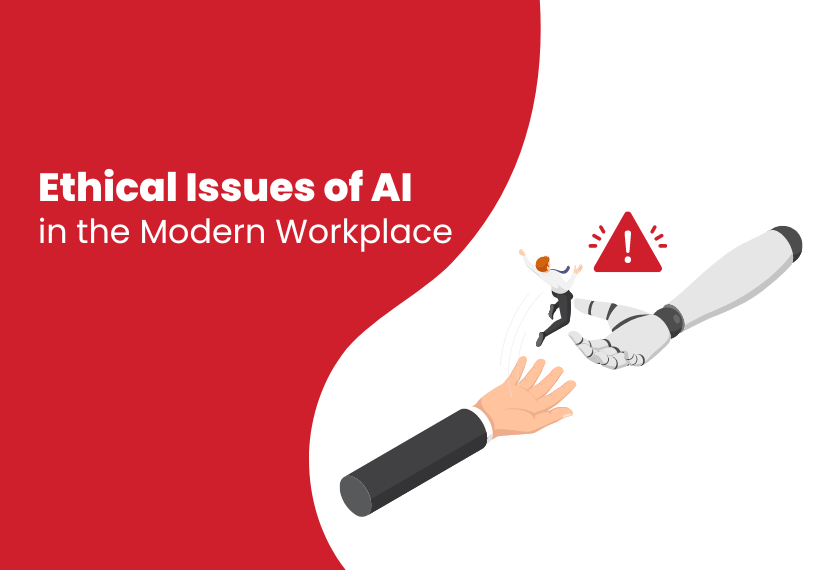
The intersection of AI-generated code and intellectual property rights demands a proactive and multi-faceted approach. While the legal framework continues to evolve, developers and policymakers must collaborate to establish clear guidelines and ethical standards. Promoting transparency, mitigating bias, and fostering responsible innovation are crucial steps towards ensuring that AI contributes to a just and equitable technological landscape. The ongoing conversation surrounding these ethical considerations is vital for navigating the complex future of software development in the age of artificial intelligence.

